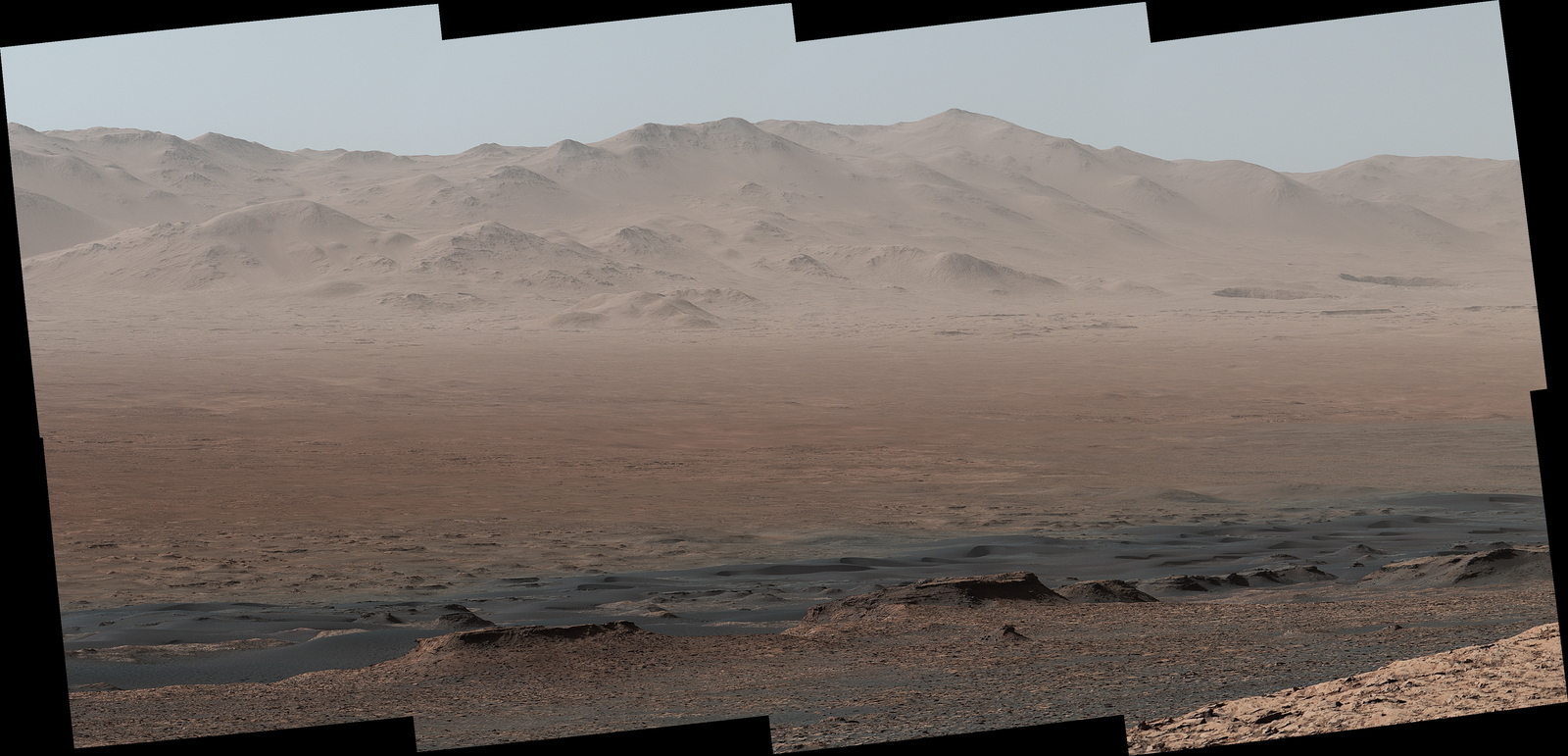From grains to landscapes: Reconstructing Martian environments at multiple scales
Sedimentary deposits provide robust constraints on the global hydrosphere and climate of early Mars, fundamental aspects to determining whether Mars had conditions suitable for sustaining life. In this talk, I will present results from two studies focused on characterizing the paleo-hydrology of the Gale crater region, the landing site for the Mars Science Laboratory Curiosity rover. The talk will focus on Martian deltaic deposits that have been previously cited as one of the strongest lines of evidence in support of an ancient northern ocean on the Red Planet. However, updated imagery and topographic data have revealed that the elevations of these deltas vary greatly, calling into question whether they were all deposited into the same body of water. This talk will investigate this hypothesis by presenting mapping and geophysical modeling results for a large number of lowland deltas near Gale crater. To place this work into context with observations at the grain scale, I will also present preliminary grain size and rounding analysis of fluvial conglomerates in Gale crater imaged by the Curiosity rover. The grain size results are used to estimate the velocity of the paleoflows that transported the grains in the conglomerates. The conglomerates occur at varying stratigraphic horizons providing an opportunity to explore how water availability may have changed over time on early Mars.
5241 Broad Branch Road, NW
Greenewalt Lecture Hall
Washington, DC 20015
United States

Gale crater